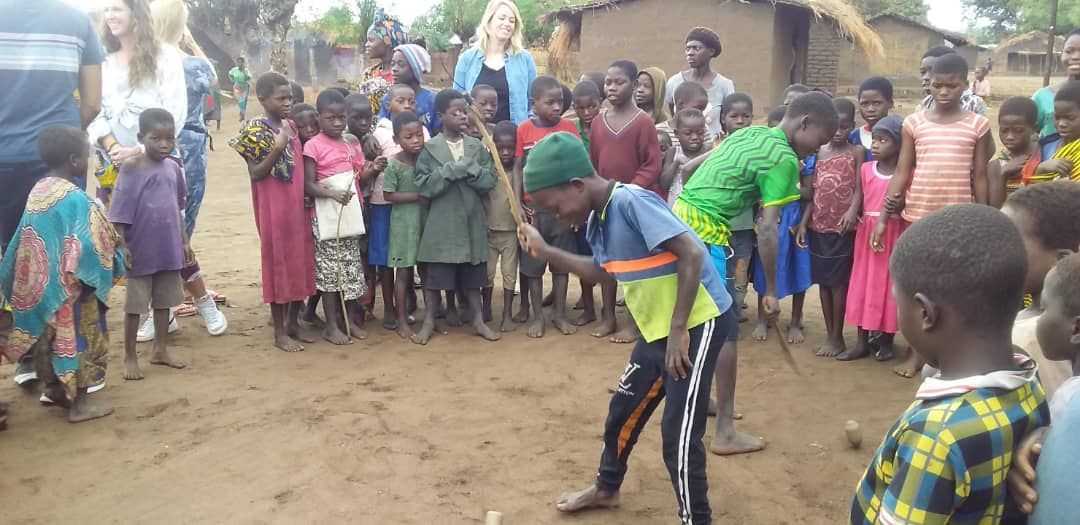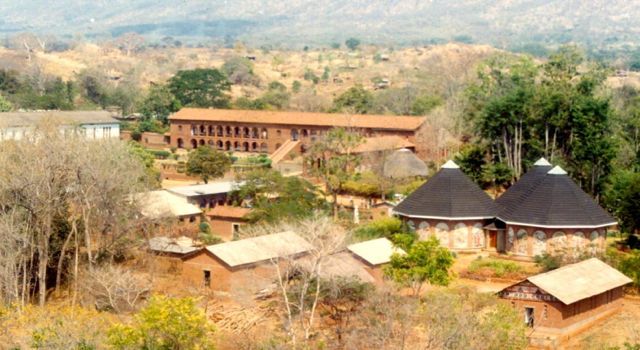Culture & sports
Culture
The diverse ethnic groups of Malawi contributes to the richness of its culture. Many different ethnic groups live in the country including the Chewa, Lomwe, Yao, Ngoni, Tumbuka, Sena, Tonga, Nkhonde, and others. Despite the existence of many ethnic communities, there is hardly any tension between these communities. English is the official language of Malawi. The distinct ethnic groups of the nation also speak their own indigenous languages.
More info
The different tribes of Malawi have their own individual styles of music and representational dances. Common musical instruments include drums, rattles, shakers, mambilira, etc. The Gule Wamkulu is one of the most famous folk dances of the country. It is a ritual dance performed during special ceremonies like weddings, initiation ceremonies of boys into adulthood, etc. Vimbuza is an important dance for the Tumbuka people. It is used for healing and cleansing rituals and summoning spirits. Ingoma is a war dance of the Ngoni people and is performed on special occasions.
Malawi has a rich heritage of oral literature. It includes folktales and legends, myths, poetry, war stories, religious chants, etc., that have been passed from one generation to next by word of mouth. Written literature developed in the country much later.
A number of art and craft products are produced by Malawian artists and either sold to the tourists or utilized for other needs. Wood carving and pottery are two of the most common crafts produced in the country. Malawi’s indigenous ethnic groups also have a rich tradition of mask carving and basketry which are often used in traditional ceremonies. (Oil) paintings are also produced in urban centers.
Malawian society tends to be patriarchal in nature. Men rule society and usually head the households. Men are regarded as the breadwinners. Many households in Malawi tend to be of the extended nature. Several generations often live together. In general man and woman meet at church. After marriage the bride usually moves in with the groom’s family. Children are highly valued and the average woman bears five children. Infant mortality rates are high in the country due to widespread poverty and poor access to healthcare facilities. However the numbers declined rapidly from 62 to 37 of the 1000 babies the last decade due to better healthcare (aid). Primary school is mandated and 90% of the children attend (2018). However children are still taught to assist their parents in work from an early age.10 % of the primary school students go to high school..The literacy rate is lower among girls than boys.
Sports
You can play your own sports in Malawi. Golf (9-hole in Blantyre and one 18 hole in Lilongwe) swimming (hotel pools and Lake Malawi), kayaking, snorkling, diving, sailing (Lake Malawi), walking and running (anywhere) and (mountain)biking, climbing and hiking and tennis.
More info
Soccer is the most popular sport in Malawi. It is played by boys at all levels from makeshift village play fields to prep school league competition. Malawi fields a national football team. The country's biggest success was a third place finish at the 1987 All-Africa Games.
Netball has long been a popular sport for schoolgirls. Malawi is a full member of the International Federation of Netball Associations, and is currently ranked sixth internationally. title of the 2012 Netball Africa Championship.
Basketball, volleyball, cross-country running, athletics, etc., have also received a lot of attention in Malawi.
-
Gwirize Cultural Village

Gwirize Cultural Village is a true rural village where you can experience traditional dances like Gule Wamkulu, Chisamba and Chitelera which are most popular amongst the Chewa people.Then we also offer other traditional
... -
Kungoni Center of Culture and Arts

The Kungoni Centre of Culture & Art, located at Mua Mission in Malawi’s Central region, was established in 1976. It is recognized as a place where the richness of Malawi’s cultural heritage can be encountered and
...
Services Central region / Lilongwe
We present business in the Central Region & cities by type of business. When you click on a tile below you will be presented with participating businesses on the site.













